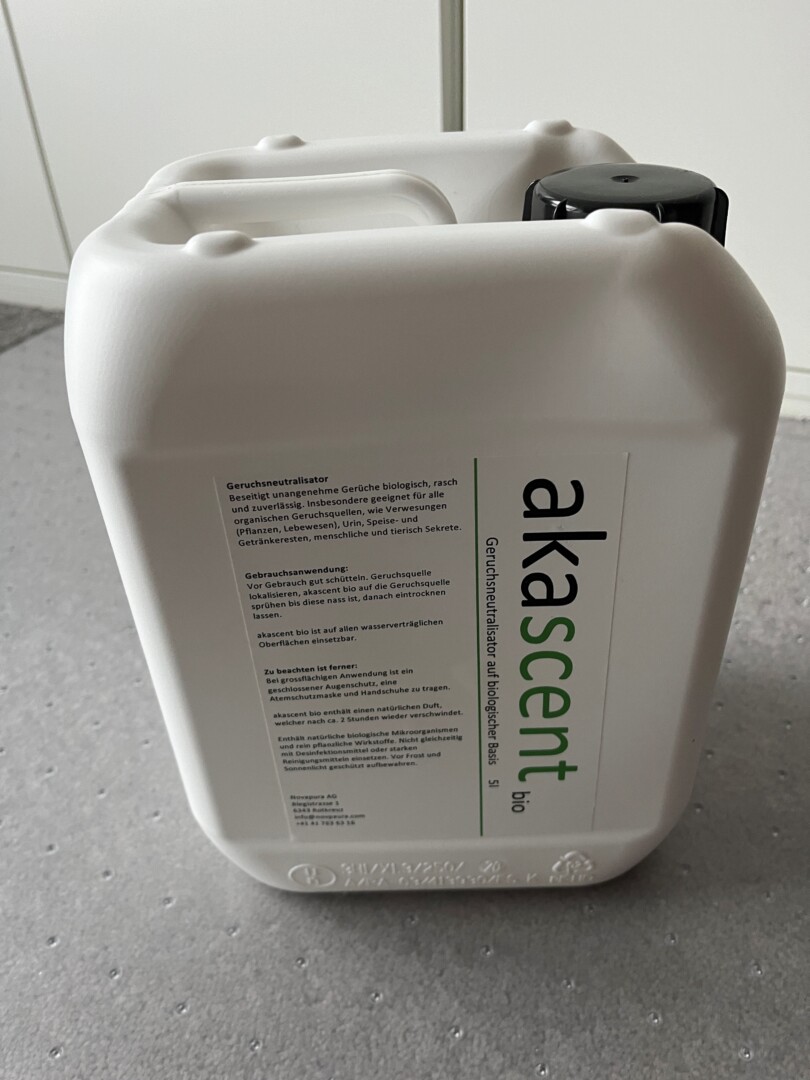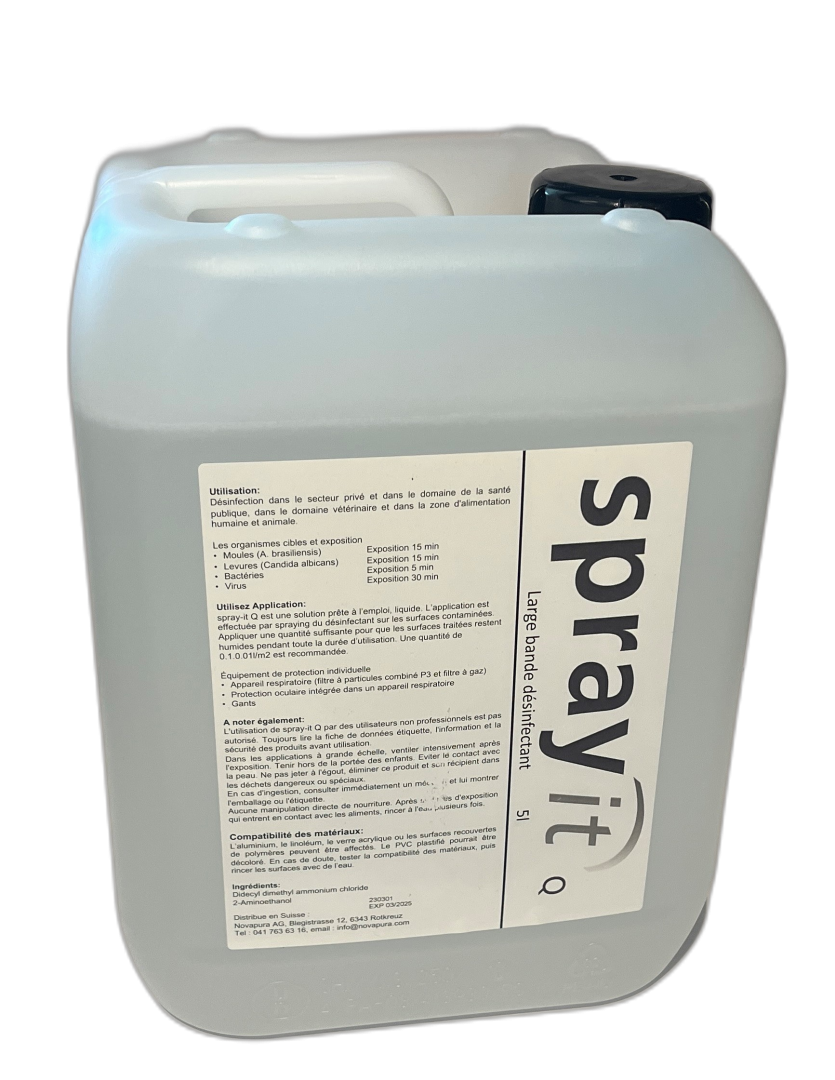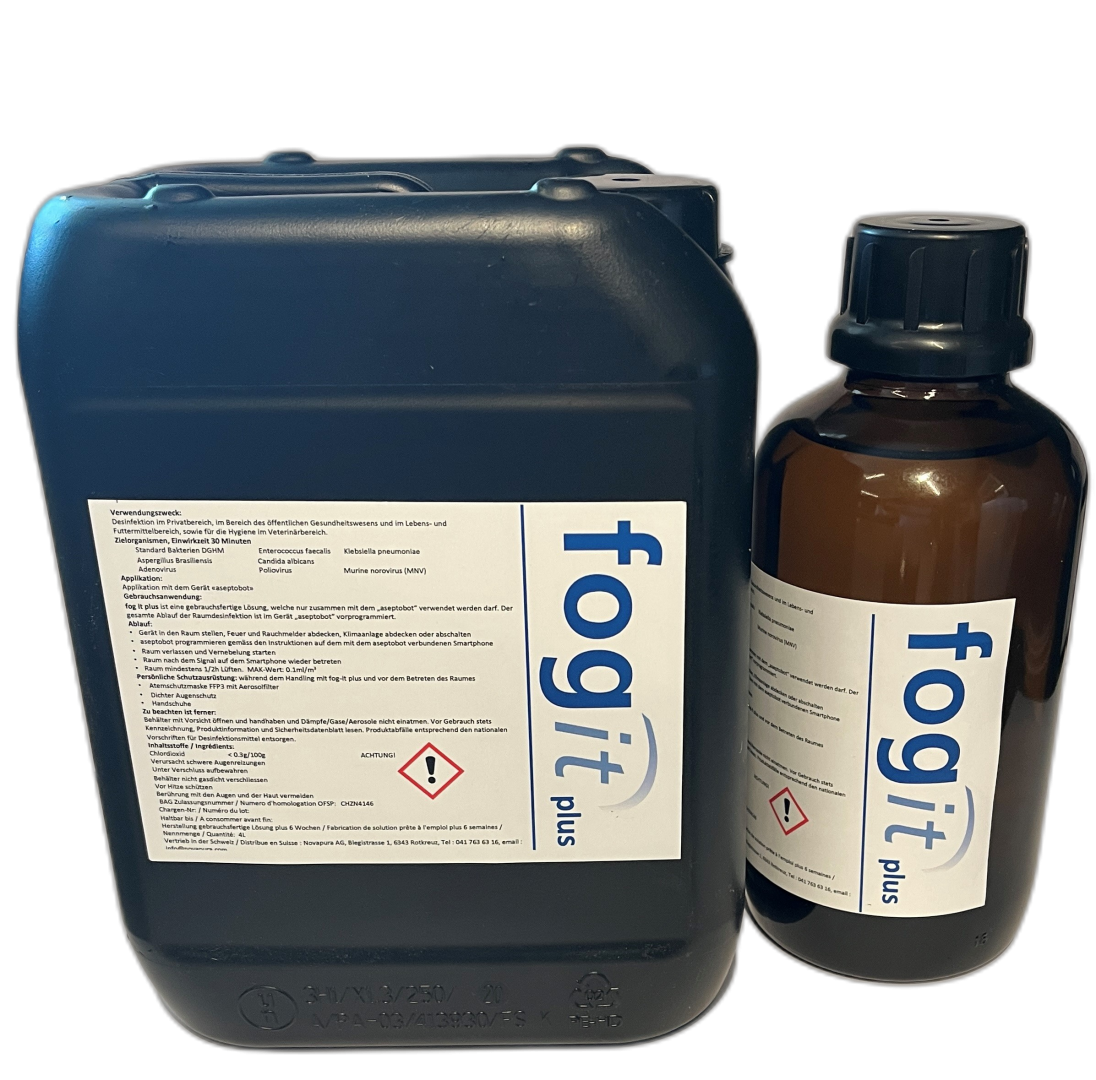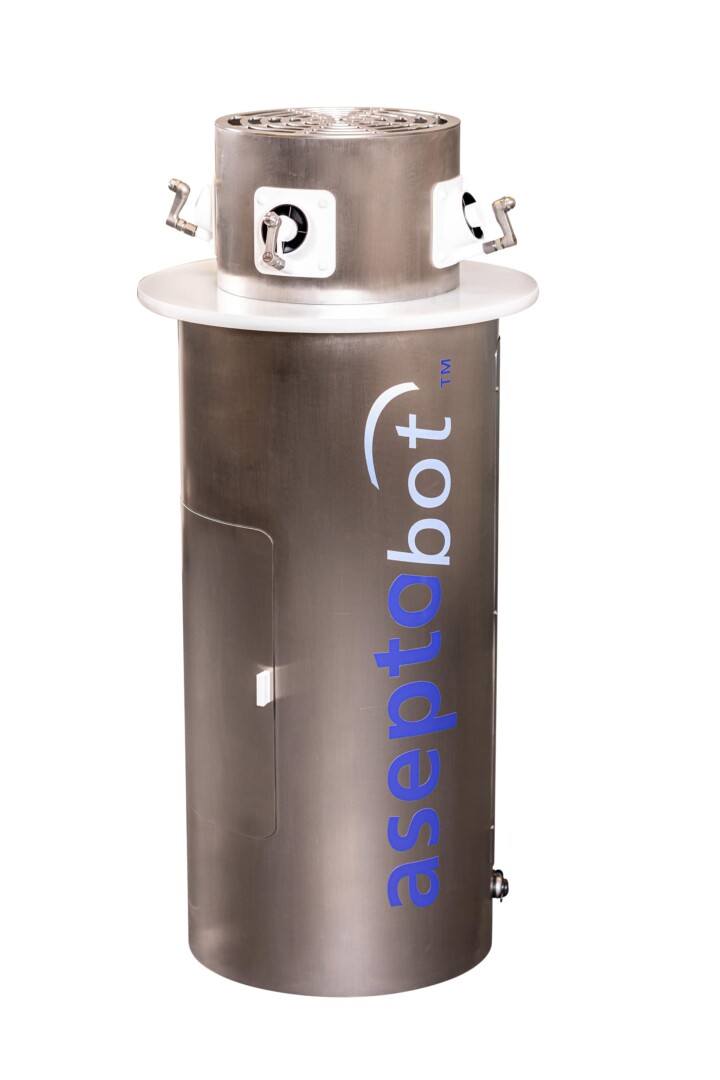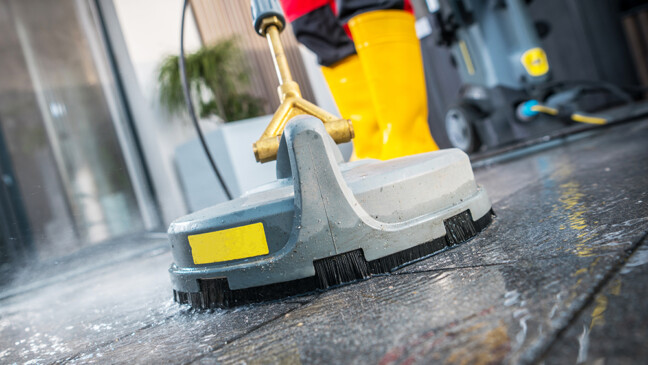
23.04.24
Mold – it can happen quickly
Mold can quickly become a problem under the right conditions, especially when humidity, breeding grounds such as plasterboard or wallpaper and spores in the air come together. These factors not only promote germination, but also accelerate the growth of the fungi, which can lead to health risks, especially in building structures. Understanding the relationship between humidity, temperature and substrate quality is crucial to effectively prevent the growth of mould and minimize its potential dangers.
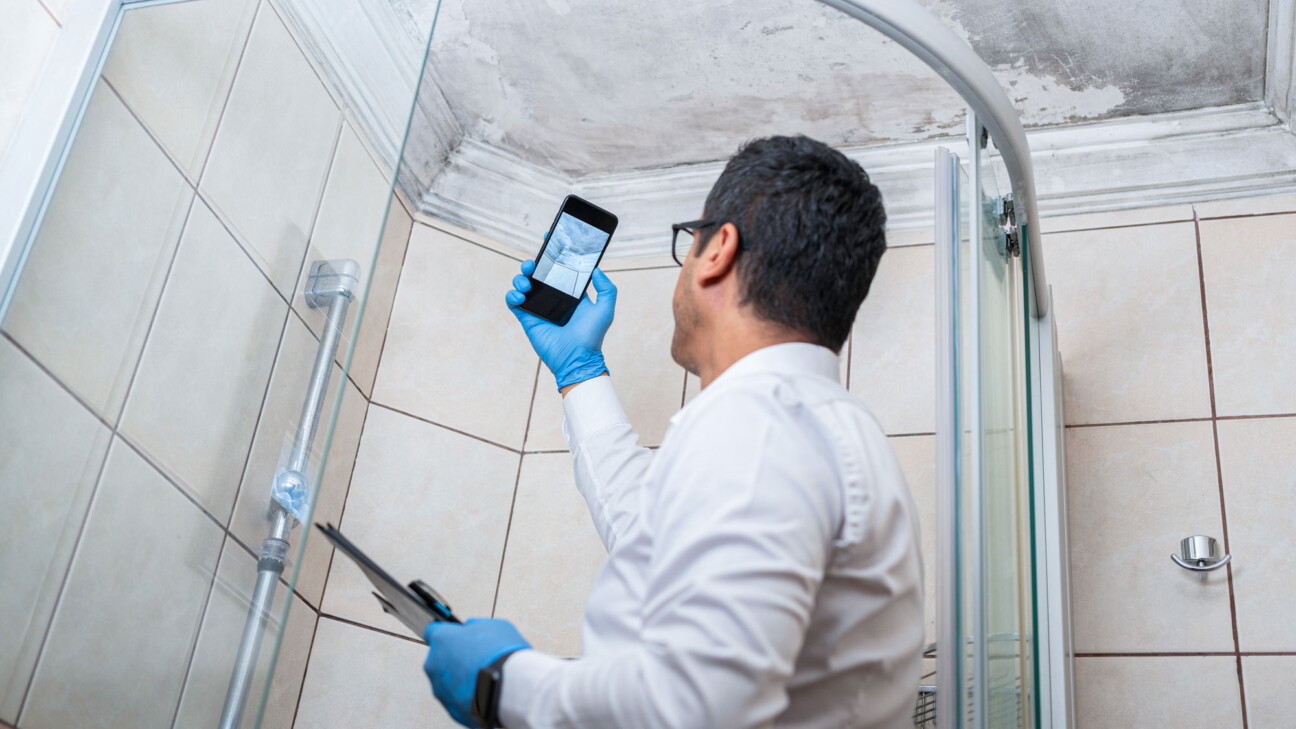
The three main factors influencing the germination and growth of mold are: Food, organisms and climate/humidity. The following diagram shows the three influencing factors:
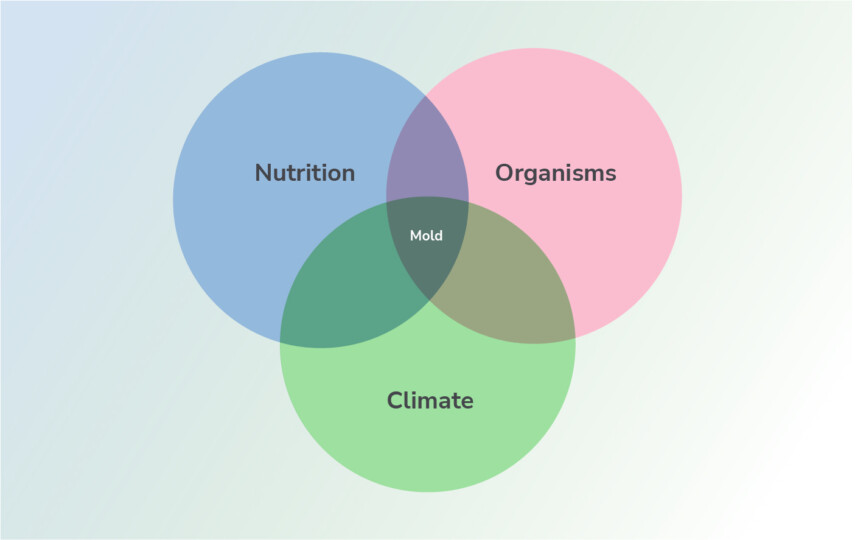
- The existence of mold spores in the air (organisms): spores occur naturally everywhere. If the concentration in the indoor air is too high relative to the outdoor air, a mold source in the room is to be expected.
- The presence of a breeding ground (nutrition): excellent breeding grounds are plasterboard and cellulose (mold germinates very poorly on clean glass).
- The moisture on the surface of the building component (climate/humidity): excessive humidity combined with thermal bridges, water damage or a lack of insulation are important influencing factors for mold.
How quickly does the mold germinate and how fast does it grow?
If all three of the above conditions are met at the same time and in the same place, the potentially harmful mold will develop. However, germination and growth can occur at different speeds. To put it simply: a good breeding ground and high moisture levels on the surface of the building component accelerate this process. If the ambient temperature is right, the process is even faster. The number of spores in the air is normally set by nature and is considered a given in the following.
Culture medium (substrates)
Molds have a metabolism, i.e. they need food in the form of a nutrient substrate. A substrate that cannot be used by mold (group II) is, for example, clean glass, steel, mineral paint or lime paint. A good breeding ground (substrate group I) is, for example, plasterboard or woodchip wallpaper. It is therefore advisable to choose substrate group II or, if using materials from substrate group I, to regulate the humidity in the room professionally.
Watch out: dirt on a non-usable substrate, e.g. window glass, can provide a good breeding ground.
Moisture on the component surface
The rw value is used here: it corresponds to the relative humidity on the surface of the building component. Depending on the type of mold, germination and growth start at 70% (note: the relative humidity in the middle of a room does not have to be the same as the relative humidity on a wall surface).
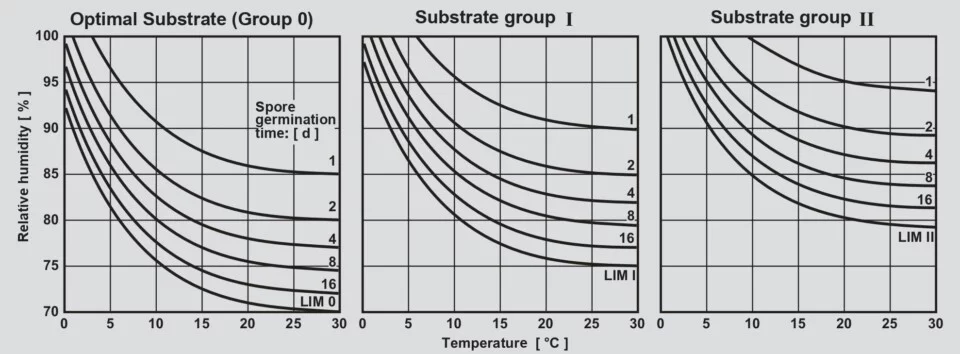
What does this mean in practice?
Example: A room with a room temperature of 20°C and 60% relative humidity has a cold bridge with a wall temperature of 15°C. We assume a material of substrate group I. There is now 82% relative humidity near the wall. Under these conditions, it takes approx. 8 days for the mold to germinate, and it grows at a rate of approx. 1 mm per day. If lime paint had been used instead of wallpaper, there would probably be no mold.
It is therefore recommended:
- Use materials from substrate group II
- Avoid condensation on a surface (tw value = 100%) by warming the surface (e.g. good insulation) or low relative humidity in the environment


